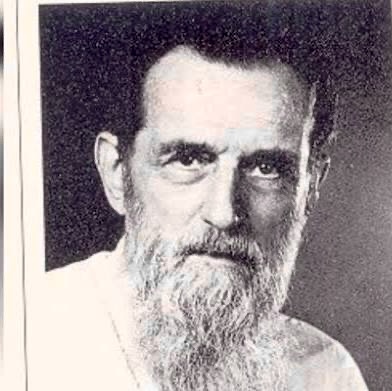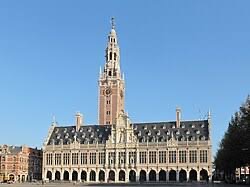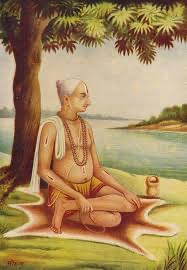1.. Bahasa Indonesia is the national language of Indonesia. Where did the word Bahasa came from? Our own Sanskrit Bhasha! What if I tell you that there are countless Sanskrit words in Bahasa of Indonesia, a country with the largest Muslim population in the world. A 🧵
2.. Sailors and traders from India took Hinduism/Buddhism to Indonesia about 2000 years ago along with Sanskrit language. Indonesia was largely Hindu/Buddhist till the advent of Islam in the 14th century via Arab traders. Religion changed, but not the culture & language.
3.. Pancasila (Sanskrit: Panchsheel or Five Principles) is the five principles on which the Indonesian state is based on: Indonesian nationalism; humanism; democracy; social justice; and belief in one God. 

4.. The Pancasila logo is incorporated into the Pancasila Garuda, the national emblem of Indonesia. You would recollect that Garuda is a vahana of Vishnu. 

5.. The national emblem also incorporates the national motto: Bhinneka Tungaal Ika. (Unity in Diversity). You can guess that Bhinneka comes from Sanskrit bhinn (different) and ika is one, or unity. 

6.. Now let us talk about names. Say, Jakarta, the capital of Indonesia. This is derived from Jayakarta. Sanskrit Jaya= victory, krit= accomplished. Victorious deed. A name to mark the capture of the city by Muslim troops from the Portuguese.
7.. Another city, Yogyakarta, was named after Ayodhya, believe it or not! Yogya= Suitable/fit and Karta= Prosper. Or a city fit to prosper, just like Ayodhya!
8.. Sukarno, the 1st president of Indonesia was named after the Mahabharata warrior Karna (Kunti’s eldest son) who was abandoned at birth. Karna joined the Kauravas in the battle against the Pandavas. Sukarno’s father loved the character of Karna & named his son after him. But he took care to prefix a “Su” (=good) to Karna lest his son join the bad guys!

9.. Sukarno’s daughter was called Megawati (Sanskrit: Megh = cloud; daughter of the clouds) Sukarnoputri (putri= daughter; Sukarno’s daughter). Our very own ex CM of Orissa (and the current CM’s father) Biju Patnaik had given her the name. 

10.. Biju Patnaik had famously flown Sukarno out of Indonesia to Delhi for a meeting at the behest of Nehru. For this act of bravery, Patnaik was awarded the 'Bhoomi Putra', the highest Indonesian award, rarely granted to a foreigner. 

• • •
Missing some Tweet in this thread? You can try to
force a refresh



















